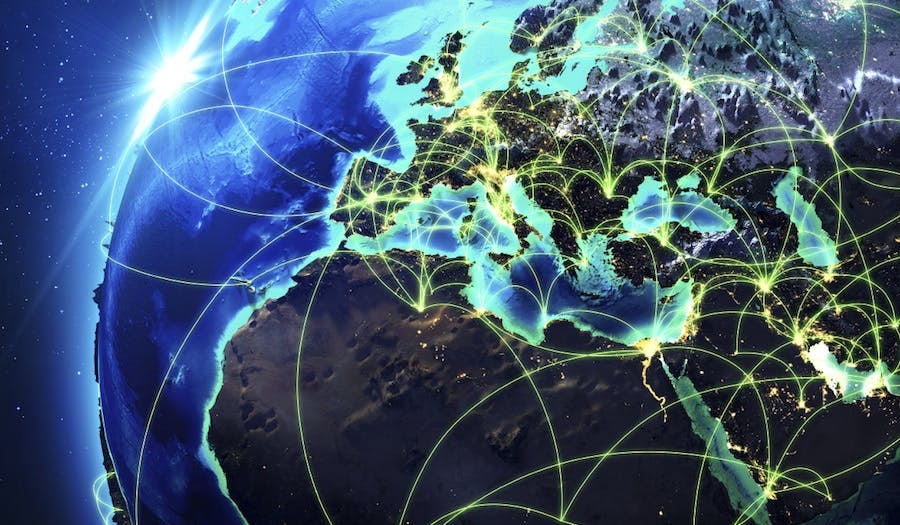A new study by Internet.org has examined the state of global internet connectivity, revealing that 2015 will see 3 billion online.
The amount of people online, while quite substantial, means that around 60 per cent of the world’s population has never gone online.
The report, titled State of Connectivity: A Report on Global Internet Access, highlighted the substantial differences between those in the developed world and those in emerging economies.
Approximately 78 per cent of those in the developed world have gone online, compared to 32 per cent of those living in developing countries.
The research highlighted three key reasons as to why a large number of people are not online:
Infrastructure: While it was found over 90 per cent of the world resides within range of a mobile signal, the differences between those accessing 2G and 3G networks vary greatly.
99.1 per cent of those living in developed countries live within range of a 2G network, compared to 90.1 per cent of those in developing countries. 3G sees more of a difference. 91.5 per cent of those in developed countries are within range of a 3G network, compared to 32.0 per cent of those in developing countries.
Affordability: 22 per cent of the world’s population live on $1.25 or less per day, while 34 per cent live on $2.00 or less.
The paper states it is important for low-income areas to receive improved access to the internet in order to drive economic progress. The fact only 34 per cent of the world’s population can afford a benchmark of 500 MB per month isn’t a good sign.
Relevance: While infrastructure and affordability are indeed necessary barriers to break through if higher online participation is to be seen, chances are disconnected individuals won’t necessarily be interested in the internet if it isn’t relevant to them.
The World Bank has revealed that 80 per cent of online content is in one of ten languages, including English, Chinese and Spanish. As an example of the lack of online diversity, in terms of language, there are approximately 425 primary languages spoken in India alone.
While it might sound like an incredibly difficult feat to serve a big number of the world’s population, the research says the internet needs to have sufficient content in at least 92 languages in order to provide relevant content to 80 per cent of the world.


